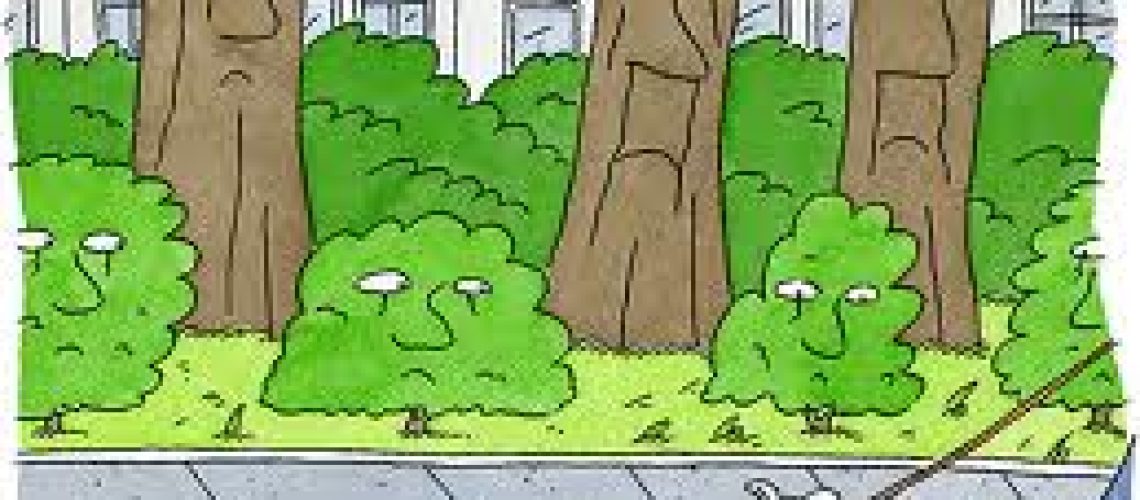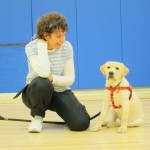
We’ve all read the signs urging pet owners to “Curb Your Dog” around our cities, but what is the curb your dog meaning? And how can city dog owners learn to ‘curb’ their pets effectively? To find out how, we sat down with two experts, Phyllis Couvares, founder and owner of Follow My Lead Dog Training in New York City (www.followmyleadnyc.com), and Michael Moore, who with his wife, Marixa Gonzalez, runs Wags West dog walking (www.wagswestnyc.com) also in NYC. Here’s what they had to say:
What exactly does “curbing your dog” mean?
Michael: It’s commonly understood as taking your dog as close to the curb as you can get. It means not allowing them to urinate near buildings, in the middle of sidewalks, or on trees. Avoiding trees is particularly important because the urine can damage trees and flowers. People generally do not understand how bad dog urine is for trees. This is why you will see curb your dog lawn signs.
Phyllis: Most people do not see curbing as a priority. Until the first time they are confronted by a passerby, most people simply do not realize how rude it is. The curb your dog signs should be taken seriously.
Why do dogs seem to love urinating on trees?
Phyllis: Because the ground surrounding trees is absorbent dirt, which is much more appealing to a dog than pavement. Puppies are naturally drawn to absorbent things. That’s why an “un-housebroken” puppy will choose to urinate on Wee Wee Pads®, rugs, and comforters rather than the kitchen floor.
It is much easier to accustom a puppy to go on pavement than it is to change the preference of an older dog. So please curb your dog while it is a puppy.
What are some techniques you recommend?
Phyllis: For young puppies that usually have to relieve themselves pretty quickly when taken outside, you would walk them up and down the sidewalk close to the curb. By avoiding tree wells, puppies will get used to, even prefer, pavement.
It is harder to teach older dogs to become comfortable using pavement because they can “hold it” much longer than a puppy and are willing to wait for the place most comfortable for them. With older dogs it is best to plan for a longer walk and to avoid trees completely. The trick is to reward dogs with several tiny pieces of really special treats for going on the pavement. Then give them more each time they do it again. Put your mind to this training for 10 days and you will have your dog completely at ease with curbing.
Michael: We try to take our older dogs to the park as soon as possible. Dogs like to walk on soft ground. They can find places to go in the park that are soft but also far enough away from trees and flowers. Besides, the park is more fun!
Contact Curb Allure for:


